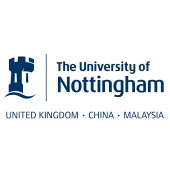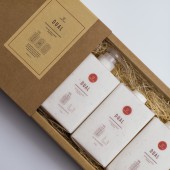Dual Zero waste by Yi Teng Shih and Jiani Zeng |
Home > Winners > #52467 |
| CLIENT/STUDIO/BRAND DETAILS | |
 |
NAME: University of Nottingham Ningbo China (M3 Dept) PROFILE: Mechanical, materials and manufacturing engineering (M3) at The University of Nottingham Ningbo China is an exciting, dynamic and fast growing department. Its programmes cover mechanics, dynamics, kinetics, thermodynamics, energy, fluids, materials, manufacture, ergonomics and design. The Department of Mechanical, Materials and Manufacturing Engineering has strong links with the corresponding departments in the UK and Malaysia campuses of the University of Nottingham. Its exceptionally close involvement with Chinese and international institutions and industries ensures a high quality teaching and research in the relevant professional fields. |
| AWARD DETAILS | |
 |
Dual Zero Waste by Yi Teng Shih and Jiani Zeng is Winner in Packaging Design Category, 2016 - 2017.· Read the interview with designer Yi Teng Shih and Jiani Zeng for design Dual here.· Press Members: Login or Register to request an exclusive interview with Yi Teng Shih and Jiani Zeng . · Click here to register inorder to view the profile and other works by Yi Teng Shih and Jiani Zeng . |
| SOCIAL |
| + Add to Likes / Favorites | Send to My Email | Comment | Testimonials | View Press-Release | Press Kit |
Did you like Yi Teng Shih and Jiani Zeng's Packaging Design?
You will most likely enjoy other award winning packaging design as well.
Click here to view more Award Winning Packaging Design.








